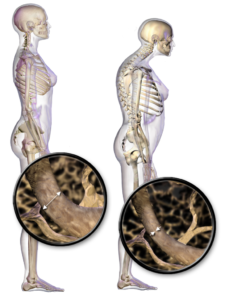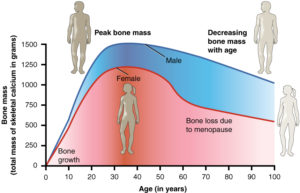Nobody Likes Aging! But just as surely as the time ticks, our bodies will start to slow down once we past a certain age.
In my younger days, I could cycle for hours on end but I had to stop over five years ago due to Sciatica where my L5/S1 spine disk was pinching my right foot nerve. I only realized the relationship between cycling and sciatica through Dr. McGill whose research can be read on Back Mechanics.
For some of us, it might be one of the knees starting to act up after walking for a certain distance. Others might be having problems with shoulder pain after a typical benchpress session. The easiest solution seems to be to stop training all together. If you do, your strength will surely recede, followed by your mobility and lifestyle. Is this how you are supposed to spend your golden years? Below are some training trips to ensure you can extend your strength and mobility further down the road.
1. Train Movement Patterns, Not Individual Muscles

When you train the muscles individually, you are training your body in separate parts, and this will create unequal loading on your joints especially the knees. Train in movement patterns instead where all the muscles in the joint can work in concert. Think of a proper squat training that trains both your posterior and anterior chain of movement on the legs versus a knee extension exercise. Movement pattern training will allow you to train in a more joint conserving way.
2. Train With No Pain

In the old days, its fine for you to say “No Pain, No Gain!” The fact is, once you reached a certain stage of your life, your joint collagen has been rubbed off from decades of moving improperly and your recovery rate has simply dropped. No amount of miracle pills can change that. Training with the same principles will only cause increased pain the next day. A better way is to ensure the movement patterns are done correctly. You can learn more of movement pattern training in Ultimate Back Fitness and Performance. This means knees should not cave inward during squats, etc. As Dr. McGill said, “practice does not makes perfect, practice makes permanent!” There is a difference between muscle pain after training and joint pain during and after training. The former is good, the latter is bad and if your personal trainer can’t tell the difference, then you should probably get a better one.
3. Cycle Your Training

This is something powerlifters and other strength athletes have known for decades. Basically if you keep on training the exact same way day in and day out, you will get injured. The best way to avoid it is to cycle between training methods. Perhaps there are days where you train with kettlebells, other days when you train with TRX, and another with classic barbells.
4. More Frequency, Less Intensity
When we train, we are actually destroying muscle tissues. These tissues would then be rebuild stronger than before. Hence we become stronger over time. In our younger days, the further down we “dip”, the further we would “bounce back”. Unfortunately, as we age, the less we are able to “bounce back” from a “dip”. Hence a person might be able to do a two hour session three times a week in his twenties to maintain his strength. Once this person hits his fifties, a one hour session, six times a week would be far more prudent. Then in his eighties, half hour each morning and evening, six days a week. This way, this person will experience less “dips” without straining the recovery too much.
Conclusion
Just because things are starting to slow down, it doesn’t mean that you should just give up and resign to a walking stick or wheel chair. Instead, what you need to do is to adjust your training matching your current health to ensure that you maintain your strength and mobility without harming your joints.




